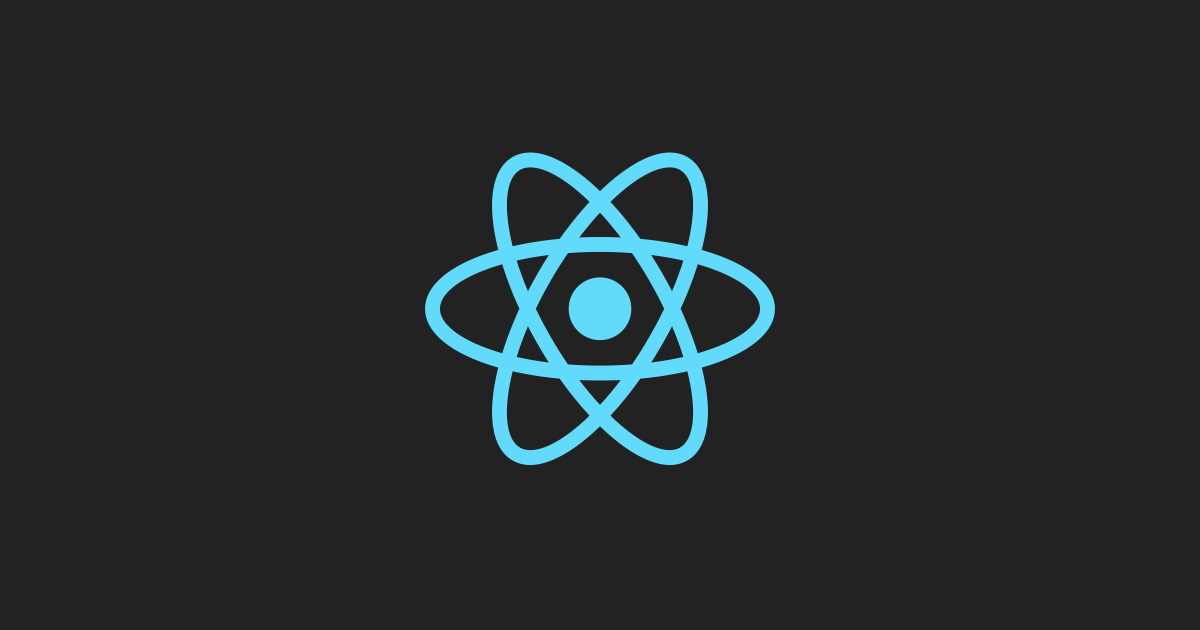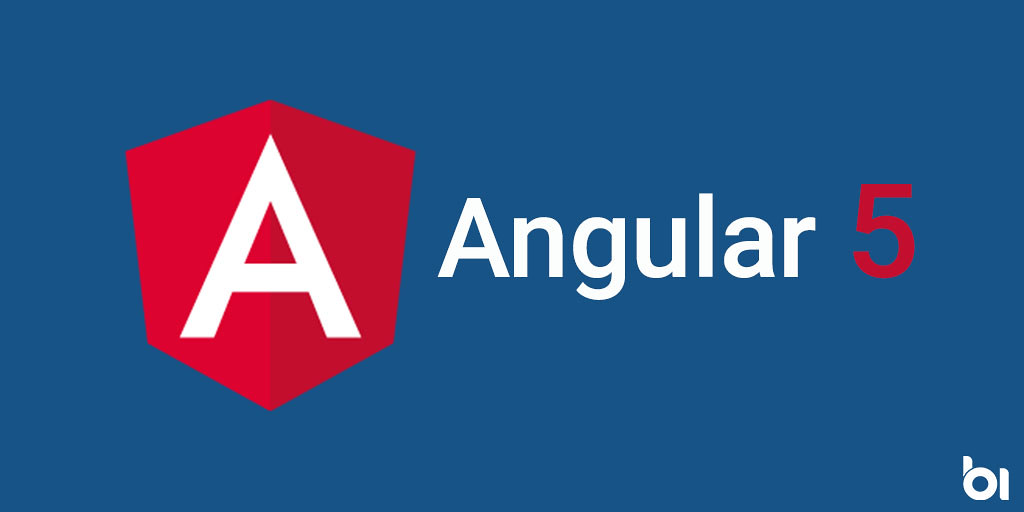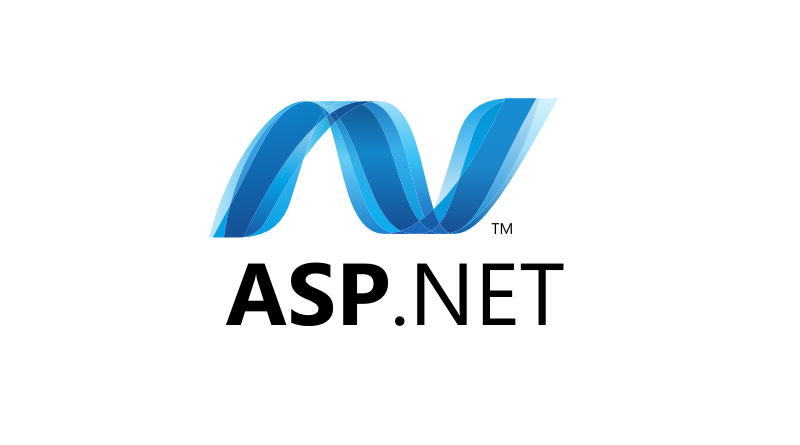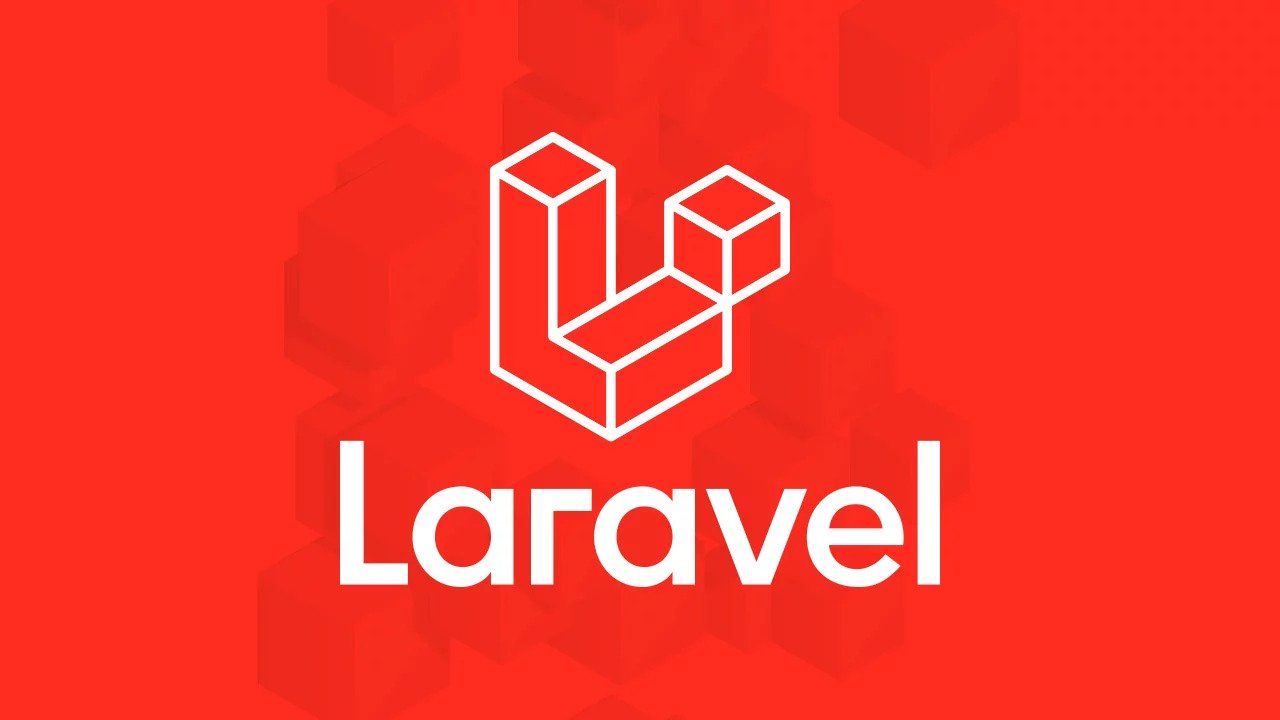Nowadays, most modern IT companies use a bunch of tools and web application development frameworks. Sometimes, even large corporations are confused by the huge and wide variety of them. And practically every single year is not passing by without a release of some new web app framework that can directly or indirectly affect the IT global industry.
Thus, with the dynamic change of trends, lots of technologies and methodologies are changing like a snap of the fingers. So, it is really important for a developer as well as for a business owner to understand which web framework is currently in trend and which one to use. Ergo, to unveil all secrets and show you the truth, we present to you the most popular web frameworks of 2021. Hopefully, our article guide will greatly assist you.
What is a web framework?
A web application framework is a specific platform designed and created for developing web apps, website APIs, web services, or any other relevant web-based applications. It has a pretty simple, yet efficient collection of libraries that assist and significantly simplify the development process.
Web application frameworks have a rich pool of different components and templates that sufficiently speed up the development process, where you can customize every piece of data according to your project. Thus, allowing a business owner to concentrate primarily on the app itself, rather than all the technical web aspects and background operations, increasing your productivity and decreasing the development time.
Apart from the prebuilt models, every single web framework has a set of specific tools that can produce a stable web app backend. An example would be various code practices and styles that can both summarize the business logic and avoid lots of errors and software bugs within the code.
Classification of Framework Architectures
A framework architecture is like an underlying basis of your web app framework, as it depicts the relation between all components embedded in it. It is also responsible for all interactions between different layers that somehow intersect with each other. Below we introduce 5 main architectures that are typically implemented during web frameworks development.
Model View Controller
This is one of the most convenient and popular architectures among the frameworks as it provides a three-tier pyramid for web apps, which are: Model, View, and Controller (MVC). Each part has its share of responsibilities and actions that are mapped to the website layout and internal processes. And that’s the reason why so many businesses adopt the MVC architecture: to align various data models to the standards of their businesses. It is considered a solid practice, since it involves code reuse, permits various interfaces, and implements modularized code.
Model-View-ViewModel (MVVM)
Model-View-ViewModel is a web architecture that utilises the view layer as a controller model. Thus, the model layer's data objects are transformed into separate and individual blocks. Additionally, since the view layer explicitly manages all user requests, data binding is significantly simplified.
Push-based & Pull-based
The push-based web app framework type employs actions to perform a specific operation inside the web app. You can even say that it literally 'plunges' all of the information to a view layer to produce the desired result. Symfony, Ruby on Rails, CodeIgniter, Django, and Spring MVC are the direct examples of this architecture approach.
Another variant of this architecture is referred to as 'pull-based,' also known as 'component-based.' Compared to the Pushed-based architecture, this one starts all of the processes from the view layer, where the architecture 'drags' all of the results from the controllers. Such web frameworks as JBoss, Tapestry, Lift, JavaServer, and Micro use these architectures.
Three-tier organization
This web architecture is a very basic and primary one that most of the web application frameworks adopted since the introduction of the web app concept. It consists of three major layers: the server, the database (usually, relational), the client.
The core business logic and mainly where the web application is located is managed by the server, which provides the necessary output according to the client’s request through HTTP and database queries. The client receives the output from the server-side and utilizes a web browser to view and browse the web application through the rendered code.
Now that you're familiar with all kinds of web application architectures, the next topic that we are going to cover is the explicit amount of web app frameworks. To assist you in adopting and choosing the most fittable ones, we've compiled a list of web development frameworks of 2021, while highlighting their pros and cons.
Model-Template-View (MTV)
Model-Template-View web architecture shares a lot of similarities with the MVC one. For starters, both of them contain the Model part, where the code is directly managing the database and data. And both of them have the View part that displays the data to the end-user. Template (which only MTV has) is used to determine what kind of output structure will be shown to the user.
The core difference between the MVC and MTV web app architectures is that in the MVC you have to write specific code snippets , while MTV will do this by itself. For example, if you were to fetch all names of your registered users, in MVC you need to write the code for the view layer, inquire the information from the database and then connect it with a relevant URL. MTV is the opposite of that. Instead, the framework takes care of these operations and all you have to do is just indicate what kind of data you want to fetch and demonstrate.
Related Posts: UX Design Frameworks, CSS Frameworks
Best Web Application Frameworks of 2022
Below we compiled a list with the 10 most popular and loved web application development frameworks that the majority of the developers stick to, by the survey by Stack Overflow. It is important to say that while all of them differ from each other, each one (as proven with practice) is suitable for its niche.
React.js

React.js is the most popular and prominent JavaScript web application framework, known for creating complex frontend projects. It was developed and released by Facebook in 2013. Soon after it, React.js has gained an incredible amount of admiration towards the rapid and quality creation of single page applications.
The technology that React.js is based on is called components that split the user interface into several self-contained parts that are easy to maintain and expand. Exactly that, allowed various developers to create lots of components that can be reused in any given project, without a need to rewrite the existing code snippets.
The ability to build a web application in lots of different and creative ways is one of React.js's primary features. Lots of famous brands and companies are actively using React.js in their digital products. For example, Airbnb, eBay, Netflix, Yahoo have already done it.
React.js is mostly used in business when the development process of a web app is on an enterprise level or at the very least it will have a lot of interactive elements. Otherwise, one can use React.js to manage multiple platforms.
On the other hand, it is not recommended to be used if your developers don’t have much experience in it or if time is a key and deciding factor during the development. It is much more appropriate to find another web application framework that can fulfill your business requirements while developing a less interactive product.
Angular

With the release of React.js, another big corporation (Google himself) wanted its rapid web framework that could gain more attention. “One web framework to rule them all, one web framework to find them…” In any case, eventually Google deployed Angular (first version), a JavaScript framework in 2012. However, it was not a good pal with SEO and it had a completely different approach towards web app development, and so it failed in delivering rapid development. In 2016, Google released another version of Angular, which is completely different compared to its predecessor.
It had played a major role in popularizing TypeScript (a simplified version of JavaScript, as it was written on it) while being a stable, robust, and functional web framework for enterprise web application development.
Angular is a "batteries included" framework where everything is neatly packed for the developers’ convenience. While its CLI is considered as one of the best ones in web application development. The web framework is typically utilized to produce web apps for various deployment targets: Web, Mobile Web, Native Mobile, and Native Desktop.
Angular is extensively used in various businesses with a very rich set of different tools. And web app development companies truly adore Angular as it is suitable for enterprise projects. So the number of jobs for Angular developers is quite high and only second to React.js.
Typically, Angular is being used in two major situations: when the web app is very complex, but not interactive and when the dev team is mainly focused on the backend technology (while still adapting to TypeScript).
On the flip side, there are times when you should practically avoid Angular. Firstly, Angular is not very good friends with SEO practices. Since there won’t be any concrete data for each page, as most of them will be dynamic. And secondly, avoid Angular if your team has strong expertise in JavaScript, but they don’t have any expertise in developing complex backend web apps.
ASP.NET Core

Seeing how React.js and Angular won the hearts of various businesses and developers, Microsoft began to rework their old product, called ASP.NET. Previously, it was mostly based on Windows workstations exclusively, supporting only the Microsoft operating system environment. However, with the production of ASP.NET Core in 2016, Microsoft made their software accessible for all operating systems and open for all JS-based web frameworks. It is also sometimes referred to as an innovative, modern, futuristic web application framework.
Majorly, the key features that make ASP.NET Core that stand out among other frameworks are an enterprise-grade level of development (which sometimes outperforms other framework competitors), and server-side MVC web app architecture. Once the original ASP.NET got reworked, many of the Windows developers preferred to stay with the original framework. And exactly this factor has affected the popularity of a new ASP.NET Core.
The ASP.NET Core is very well met in any large projects that are both highly scalable and flexible or during any intensive web application development. And obviously, this web app framework should not be used in simple web app development.
Express.js

Express.js is an MVC web framework with a server-side rendering and based on Node.js. Express.js was influenced by another small web app framework, called the Sinatra web framework. So when the first stable version was released in 2010, it was not a surprise that it provided similar minimalist features. Express.js is used by developers to create REST-based backend systems with pluggable view layers.
There are two reasons why developers like to utilize this web framework: minimalistic and built on Node.js. Lots of developers who have tried out Express.js web app framework stated that despite utilizing MVC structure with the view layer, the web framework is very stable and mature. And it’s completely true, as Express.js is being downloaded every single hour or even minute. Thus it can easily take the position of an important and core JS-based web app framework.
Here are some brief moments where you might need to use Express.js:
- Your team requires a web app similar to Node.js backend
- It is good for implementing good SEO practices
- In Serverless computing
Express.js is not recommended for implementation if the project is on an enterprise application level with out-of-the-box support. And don’t use it if the future application should be compute-intensive or highly scalable.
Spring

With the introduction of JavaScript onto many web application projects, lots of enterprise companies began to notice more and more limitations hidden within it. JavaScript was “cumbersome”, needed serious re-development, and the time required to create a simple application took a lot of effort. To overcome these challenges, in 2002 a solution to that problem was the Spring framework. Ever since then, Spring has been considered one of the main web frameworks in Java web app development.
Spring is just a composite part of the Spring ecosystem. The latter one provides support for cloud-native development, batch processing, event-driven application development, and etc. Even though the Java programming language is not getting constant hype spikes, it is still considered to be the best choice among other tools during any web app development in enterprise companies. So it’s no wonder that the Spring framework and various career paths are getting more and more attention.
As you already understood, the Spring framework is comfortable with large-scale projects, or any intense web app development. It is also a good fit for projects which should be steadily developed, rather than rapidly built. However, the current web app framework was not created for elementary web app development or in projects where speed is one of the main criteria.
Vue.js
Apart from Google’s and Facebook’s team (who created Angular and React.js respectively), Vue.js was created by one individual. Vue.js is a JavaScript web framework, which has successfully combined the view layer of Angular and Virtual DOM of React.js. Ever since 2014 Vue.js has become one of the most well-praised web frameworks out there, as it is both a simple, yet effective tool a developer can use if he can’t decide between React.js and Angular.
The evolution and popularity of Vue.js are changing practically every month as it becomes more famous to the public community as it tremendously adores it. Furthermore, in China, Vue.js is the most popular JavaScript-based web app framework. However, not everything is so good for Vue.js, first of all, the global industry has not accepted it and the low amount of Vue.js positions are speaking about, especially in the US. In China and Asia, the number of positions is much higher as it is more famous there.
Key features of this web app framework include Angular similar application development functionalities, and (similar to React.js) view layer with external data flow and state management.
Vue.js supports two programming languages: JavaScript and TypeScript. It is also important to note that Vue.js should be utilized for web apps where SEO is critical in its implementation. You can also use it with progressive app development or if there is a need for fast web app development. It is not recommended to integrate this web framework if the company wants to manage multiple platforms or develop scalable web projects.
Django
Back in 2003, two engineers started their journey into developing a Python web app framework that has successfully ended in 2005. Over the past 10 years, Python, as a programming language has gained a large popularity boost into a wide variety of business industries. Which has greatly assisted the popularity of Django.
Django has quite a bunch of features to talk about. First, it is a server-side application with an enterprise-grade MTV web architecture with reactive and asynchronous programming. Plus, it enables rapid application creation through the use of Django admin.
Second, Django is another "batteries included" web app framework that has everything you need for rapid application creation with enterprise-grade quality. It enables extensibility through pluggable apps where third-party applications can be easily connected to. The vast majority of web application developers have a sweet spot for Django due to its transparent design and balance between enterprise features and rapid web development.
Django is mostly used in enterprise web app development, with high and rapid development speed. At the same time, it is also a good match for highly technological projects that involve Machine Learning, Artificial Intelligence, Serverless Computing, etc. So, as you can see, Python is mostly used for the advanced development of web applications, and it is not recommended for implementing simple web apps. The same goes for big enterprise projects since the web application has to be scalable.
Flask

Flask is your minimalistic and miniature web application framework, produced and presented in 2010. It is also often called a micro-framework with a server-side rendering as it is really simple in practice and does not need any tools or components for developing a web app. Flask is frequently compared to Express.js since both of them don’t have any packed solutions. However, on the other side, Flask is highly modular, and with the rise of Python, it became relatively popular among Python developers.
With the Flask CLI, any developer can have direct access to the web app. It is considered as a mini framework, as it takes second place after Django. It is highly recommended to use it when you are a beginning startup and you want to develop your first proof of concept or the development involves serverless computing. Besides, it makes sense to integrate Flask with any science-related projects with complex technologies involved (like AI for example).
It is strongly not recommended to use Flask with any highly scalable solutions that include a large pool of users. At the same time, do not waste your development team’s time to learn and grasp this web application framework, there are other options they can take.
Laravel

PHP is a programming language that has been widely known as one of the first inventions that greatly assisted the development of web app technologies. One of such inventions was Laravel, a web framework created in 2011, which follows an MVC architecture. It also has a bunch of pre-built tools that can significantly decrease your development time and add an enormous amount of functionalities, which are strictly mandatory for web application development.
It is a server-side rendered, enterprise-grade MVC web platform with support for asynchronous programming. It enables rapid application creation through the use of the artisan CLI. In a nutshell, it is a platform that has everything for developing a rapid enterprise-grade application.
PHP is one of the most common web development languages, while Laravel is an enterprise-grade platform with a high development velocity. Thus, Laravel is extremely common among developers. Just as Vue.js, Laravel's success did not translate into industry acceptance, as there aren’t many open jobs in the United States.
Laravel is typically used in enterprise web app creation that has compound business logic or in highly scalable projects that require a lot of attention. On the other hand, it is not recommended to implement Laravel in basic web apps, in serverless computing, or if the dev team has no experience in the Laravel web app framework.
Ruby on Rails
Ruby on Rails is a web app development framework that combines Ruby as a programming language and Rails MVC web architecture. It implemented several innovative ideas and principles, including the Convention over Configuration principle, the Don't Repeat Yourself (DRY) principle, and the ‘Active Record pattern’. Additionally, it introduced Rapid Application Development (RAD) through database creation and migration, as well as view scaffolding. It is the most disruptive Web framework and has had a direct impact on the majority of the frameworks on this list.
Ruby on Rails supports reactive and asynchronous programming. This server-side web framework has pretty much everything you need for RAD as it is “batteries included”. This was the first web framework that put a lot of consideration into the developers’ experience while lowering the entry barrier to web app development.
Ruby on Rails framework has lost its fame and glory long ago. Since most of the principles that it has developed were reproduced and offered in other web frameworks. But, its significant impact on the IT industry wasn’t left unnoticed. That’s why some developers are still preferring to use it for server-side web development.
Here are some simple factors when one needs to utilize Ruby on Rails.
- MVP
- Rapid Application development
On the contrary, here are the reasons that oppose you to utilize Ruby on Rails framework.
- Your dev team does not have any expertise in Ruby on Rails
- Both huge and scalable web applications
- In Serverless Computing
Final Takeaway
As we have seen, various web app frameworks have their advantages and suitable industry areas of applicability. Therefore, try to first understand what kind of business project you are running, what kind of application do you want to build, and how experienced your team is. The last factor is crucial too, as you don’t want to waste time or lose an opportunity to build a solid web application, instead of a broken one. Try to consider as many factors that affect the outcome as possible and you’ll be able to achieve your business goals in no time.